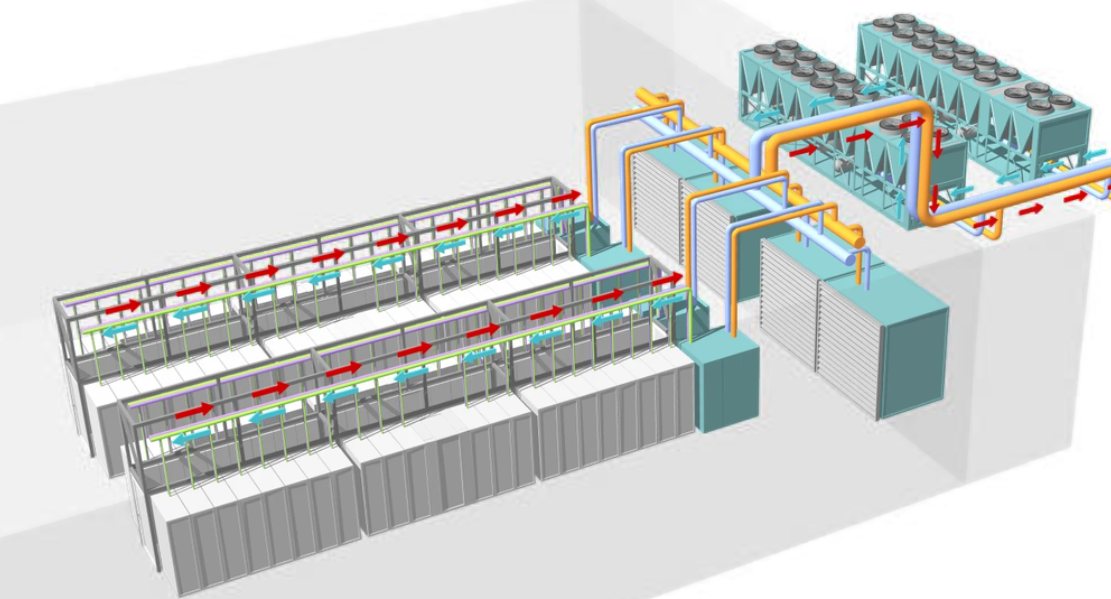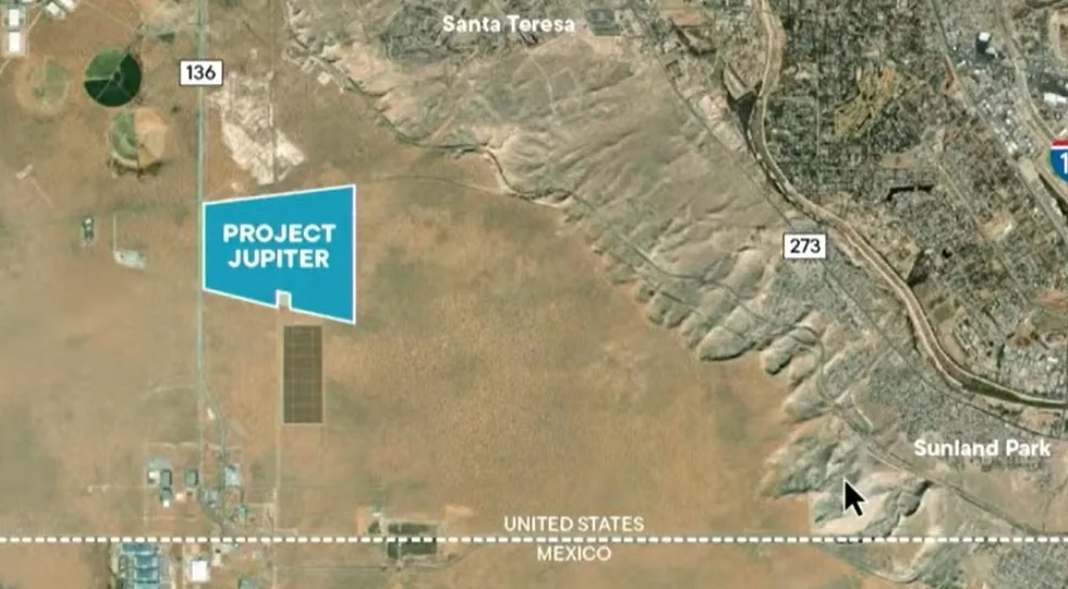Project Jupiter: The Desert’s Biggest Bet Yet
Project Jupiter is a proposed $165 billion digital infrastructure campus in Doña Ana County, near Santa Teresa. Led by STACK Infrastructure and BorderPlex Digital Assets, the plan calls for four massive data-center buildings powered by an on-site microgrid. Developers promise 2,500 construction jobs, 750 permanent positions, and roughly $57 million in community and water infrastructure investments—backed by county-approved industrial revenue bonds.
Wet and Wild
But in the desert, every project begins and ends with water. Jupiter’s developers say they’ll use a closed-loop cooling system that recycles water instead of evaporating it, claiming daily use comparable to an office building. Critics argue those numbers are soft. Doña Ana County already sends 80 percent of its groundwater to agriculture, and no detailed aquifer modeling or water-rights filings have been made public.
What’s Still Unclear
The exact site and wells that will feed the project remain undisclosed.
Environmental and water-use impact statements are pending.
The project still needs final regulatory approvals from the state and utilities.
Whether projected job and community-investment numbers hold up over time is anyone’s guess.
Desert Peaks
That tension cuts straight through the region’s other water-reliant industries. If Jupiter becomes a priority user, cultivators and small farmers could face higher costs, tighter allocations, and stricter oversight. The project’s infrastructure investments may open new opportunities for suppliers in filtration, recycling, and microgrid tech—but the trade-off could be more competition for the same limited resource.
Jupiter represents both progress and pressure: a shot at transforming Southern New Mexico’s economy while exposing how thin the line is between growth and overreach.


